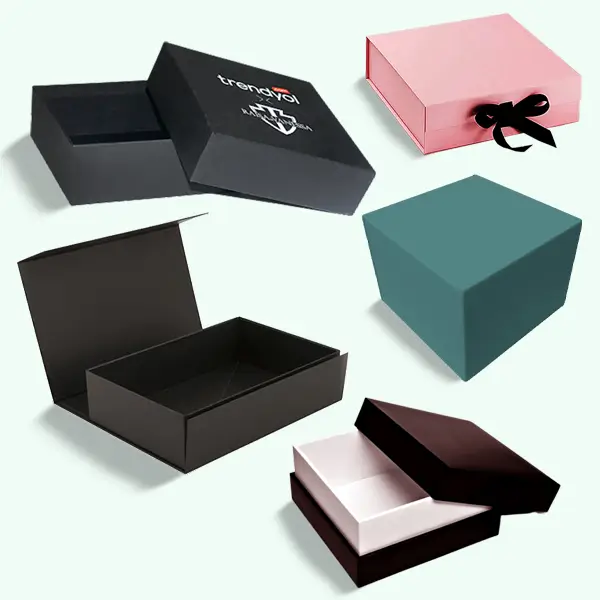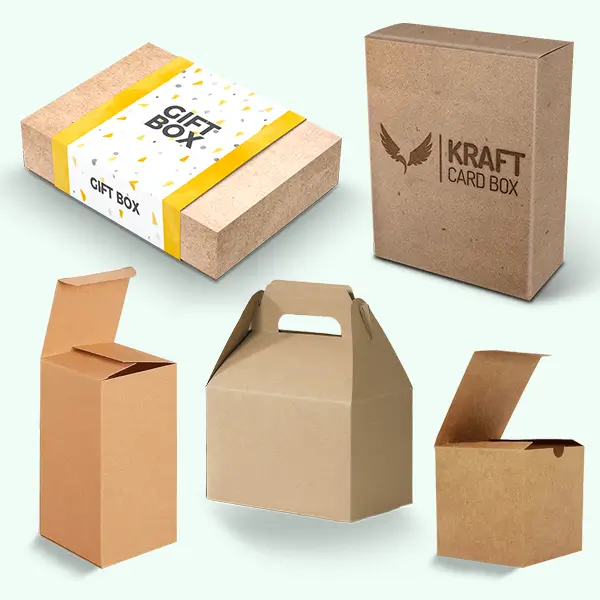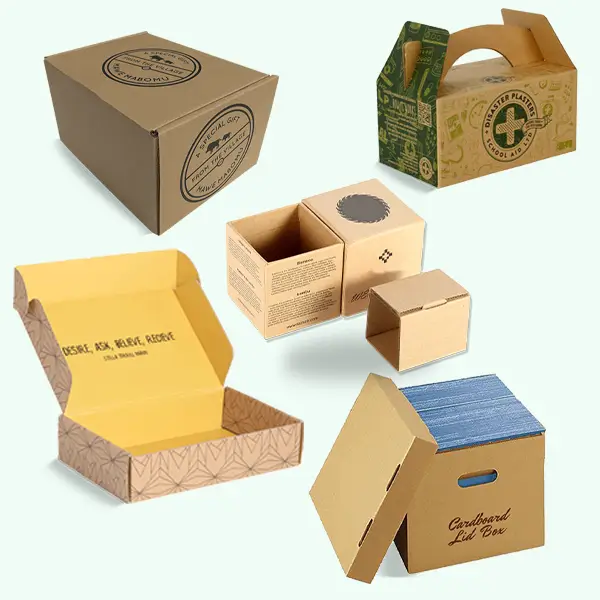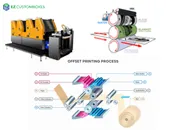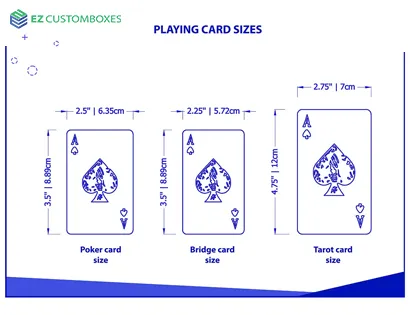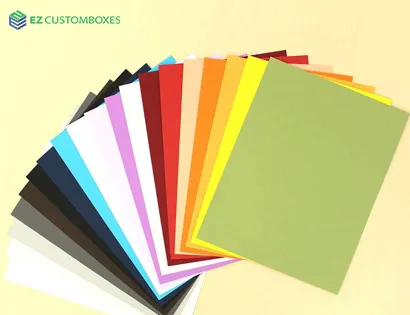To accurately measure anything, one must be familiar with the formula for length, width, and height. The three dimensions of length, width, and height are the three defining features of any physical thing. The importance of selecting the correct packaging boxes and bags cannot be overstated. Get a better grasp on the meaning of length, width, and height by reading this blog!
Importance of Dimensions
To determine the sizes and shapes of objects, measurements are crucial. The three most crucial dimensions are length, breadth, and height. When added together, they form the object's volume. When calculating the measurements of a square or rectangle, all you need is the length, width, and height. The precise measurement of dimensions may also depend on other considerations when dealing with different shapes. Dimensions are considerably more important in the packaging sector. Why? Because they measure everything out, making sure the boxes and bags are just the right size to fit all of the contents.
Overview of Length x Width x Height
Every real-world object's cubic size may be determined using the dimensions LxWxH. But when you need to know how big a box or bag is, you can usually use the length, breadth, and height calculation. Personalized packaging boxes also rely on these dimensions.
Measurements of length, breadth, and height are used by the packing industry to guarantee that products are packed snugly in boxes or bags. The formula for measuring a square or rectangle is typically Length x Width x Height. It doesn't matter if the boxes are horizontal or vertical in shape; the formula for measuring cubic size and dimensional weight remains the same.
Order of Length Width Height
Typically, the dimensions of a box are measured in the following format: length, width, and height. Nevertheless, whether the box is horizontal or vertical can affect the order of the length, breadth, and height measurements.
- Height Width Length Order
The product packaging that you wish to measure will determine the specific measurements (height, width, and length). When it comes to measurement, every brand has its own unique size chart. After height, width, and length are measured. For vertical boxes, this is a common ordering.
- Height Length Width Order
For an item or packaging with a horizontal form, the dimensions are height, length, and width, in that sequence. You can begin by taking the height, and then move on to the width and length. The formula for calculating the cubic size and dimensional weight remains unchanged regardless of the sequence.
- Length Height Width Order
When seeing the box from the side, the order of length, height, and width will be observed. Spin the box around so you can see it from the front. The next dimension to measure is length, which is sometimes shorter than the width and height combined.
Length Vs Width
The dimensions of a cube or rectangular prism are such that their length and width form a right angle. Objects appear two-dimensional when viewed from the front. The dimensions of the product boxes dictate the maximum length and width of products that can be packed inside.
Width Vs Height
Both the height and the width are perpendicular to one another. Nevertheless, a cuboid or rectangular prism box's height is concealed in the front view. The combination of these parameters determines the maximum depth and width of the packing boxes.
Height vs Length
Length, similar to width vs. height, casts a shadow on the height of a cube when viewed from the front. Product dimensions in both horizontal and vertical orientations are defined by the dimensions of the packaging boxes.
Difference Between Length, Width, Height
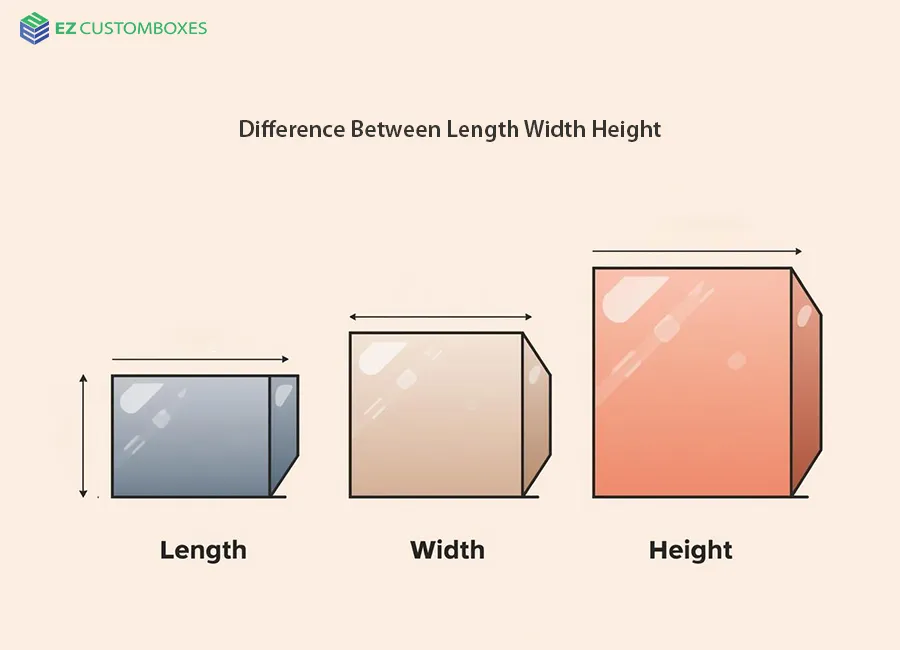
The differences between length, width, and height can be illustrated with the help of a cereal box. Examine the front of the box. The cereal box's height is its maximum vertical dimension. The breadth of the box can be determined by keeping it upright and measuring its length from side to side.
Rotate the device so that the side panel is visible. Cereal boxes typically have a depth or length of around 2 inches measured along the side panel. In terms of height or breadth, length, width, and height are not interchangeable. To illustrate the point, the typical dimensions of a cereal box are 12 by 7.5 by 2 inches.
Tips to Measure the Length, Width, Height of a Box Correctly
To get accurate measurements of the box, you need to compile a list of all the items you will require. Prepare the necessary tools, including a measuring tape, a small ruler, and a notepad, to record the dimensions of the box. To find the height of a box, start by measuring its tallest side and work your way down. Proceed to the length and width subsequently. Measure big mailer boxes with a yardstick and tiny ones with a ruler.
Tools for Measuring Length, Width, and Height
For items to fit snugly inside, precise box measurements are required. For this, precise instruments are required to cut out squares with precisely measured dimensions. Here are a few tools that might help you measure the dimensions of your packaging boxes:
- A tool for precision thickness measurement.
- Triangular rulers for measuring width, height, and length independently.
- The boxes' perimeters can be measured with flexible measuring tapes.
How to Measure the Volume of a Box?
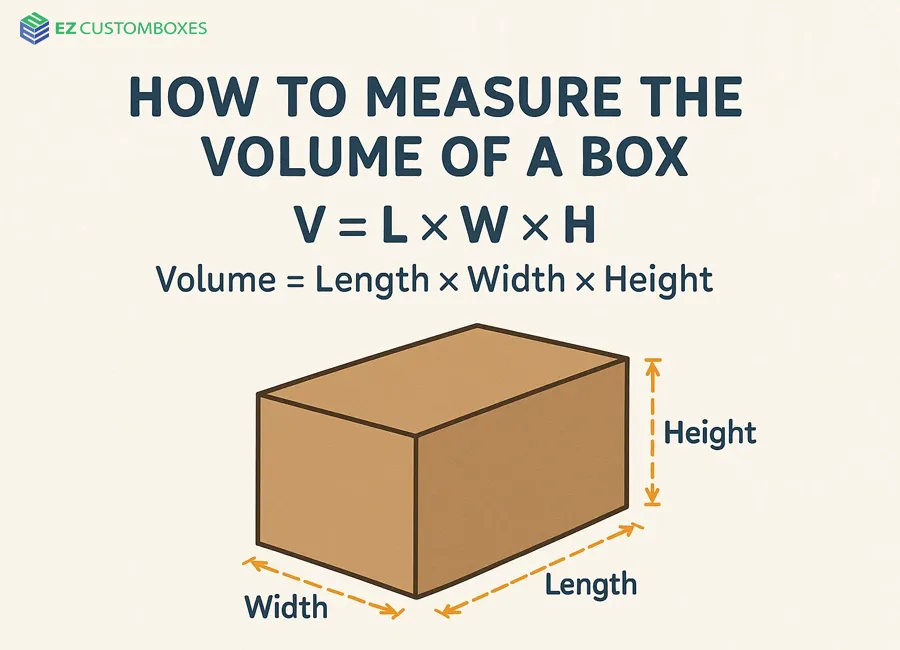
To determine the correct dimensional weight, which aids brands in transporting items without any problems, it is crucial to measure the volume or cubic size of a box. Entering the length, width, and height of a box into a volume calculation yields the desired result. Volume can be calculated using the following formula:
The formula for volume is V = L*W*H.
Consider a typical shipment box: it's 16" long, 12" wide, and 12" deep and tall. Volume = 16 x 12 x 12 is the formula that will be used. You should be aware that the volume of a typical shipping box is 2,304 cubic inches.
Measure Internal Dimensions
You have investigated the possibility of discovering the three dimensions of your box; nevertheless, there is an important consideration to bear in mind. In other words, the inside dimensions of your box are the most important ones to measure. The reason behind this is that, unlike other boxes, the industry standard box uses internal measurements to determine its dimensions, rather than external ones.
You should depend on interior measures since your products will fit snugly. The manufacturer and your product can benefit from using internal dimensions as they are more precise. The internal dimensions are more important than the exterior measurements when it comes to custom packaging box sizes, even though the exterior measurements might seem easier at first.
Final Thoughts
Your box's volume can be determined by following the steps outlined in the following article. To get the correct size of custom packaging for your items, you also need to learn how important it is to measure the inside measurements. Get in touch with EZ Custom Boxes if you need boxes of any dimension for any product. We offer hassle-free packing with boxes that are properly sized.

Ethan Robert works at EZ Custom Boxes as their digital marketing manager. Having a solid background in SEO, content strategy, and eCommerce growth, he specialises in using creative packaging content and data-driven campaigns to drive online visibility and brand interaction.



